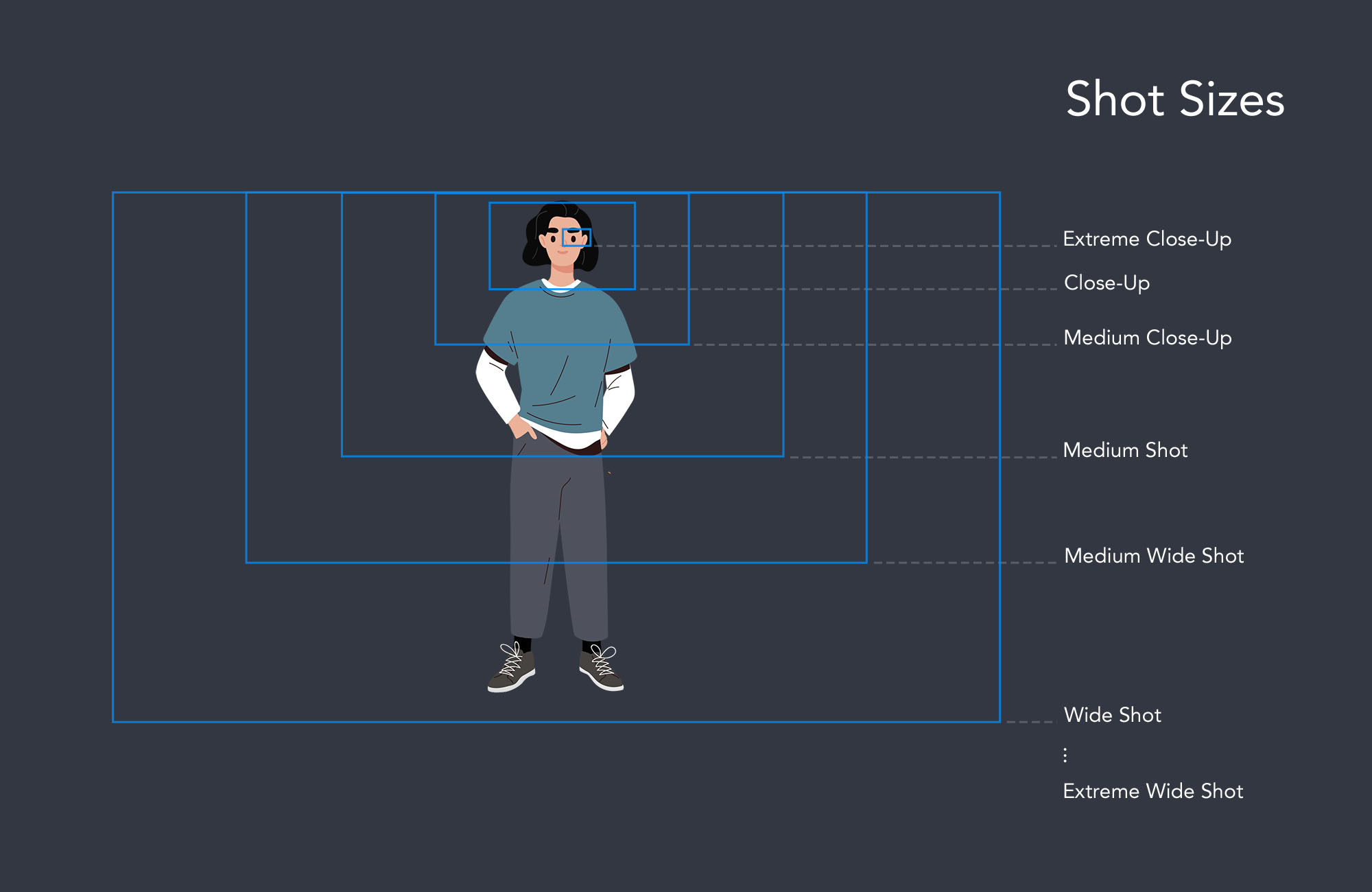The extreme wide shot, also called extreme long shot, shows the scene’s setting as a whole. If people are in the frame, they are usually depicted as very small in relation to the size of the image.
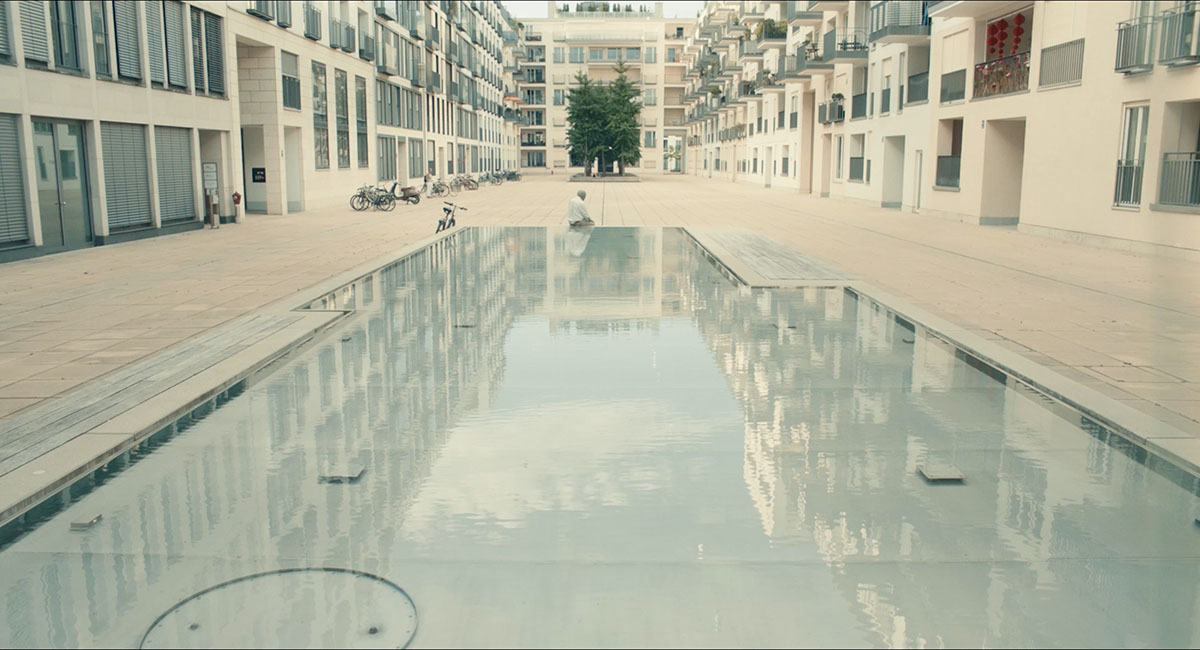 The man at the end of the pond is depicted as very small. This shot focuses more attention on his location than on what he is doing.
The man at the end of the pond is depicted as very small. This shot focuses more attention on his location than on what he is doing.How extreme wide shots can be used
Extreme wide shots can be used as establishing shots or to show the dimensions of a scene. Through good shot composition, and by considering where to place the characters in the frame, extreme wide shots can contribute to the narrative of the film by transporting certain moods of a scene or visually expressing the inner feelings of the characters.
Establishing shot
Extreme wide shots are often used to introduce the audience to a location. In this case, they are referred to as establishing shots. Often, an establishing shot is used at the beginning of a scene to let the audience know where the ensuing action takes place. Due to dramaturgical or editorial decisions, an establishing shot can also be used throughout the course of a scene or at its end. Some scenes or even films don’t contain establishing shots at all. This depends on the narrative and visual language that the filmmakers use to tell their story.
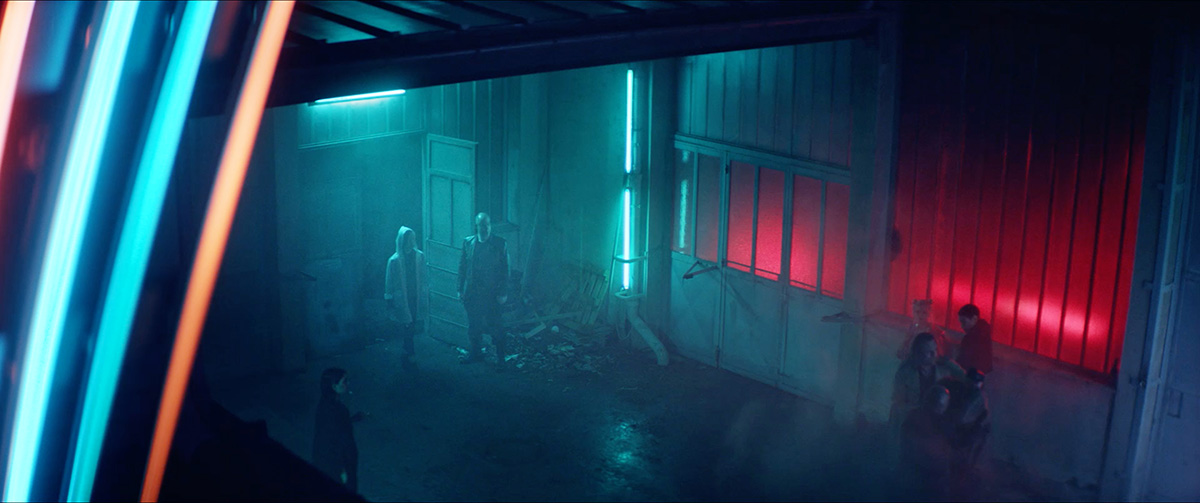 The main character is exiting an underground club. The shot shows the industrial look of the building and the harsh neon light, giving us a clear impression of the location.
The main character is exiting an underground club. The shot shows the industrial look of the building and the harsh neon light, giving us a clear impression of the location.Showing a scene’s dimensions
To show the size of a building or the vastness of a landscape, an extreme wide shot is the way to go.
If there is a large crowd that is important for the narrative of a scene, the filmmakers will most likely show the scope of that crowd in an extreme wide shot. Examples could be concerts, sports events, and battle scenes. For the latter, extreme wide shots are often used to showcase spatial interactions and relationships between several groups.
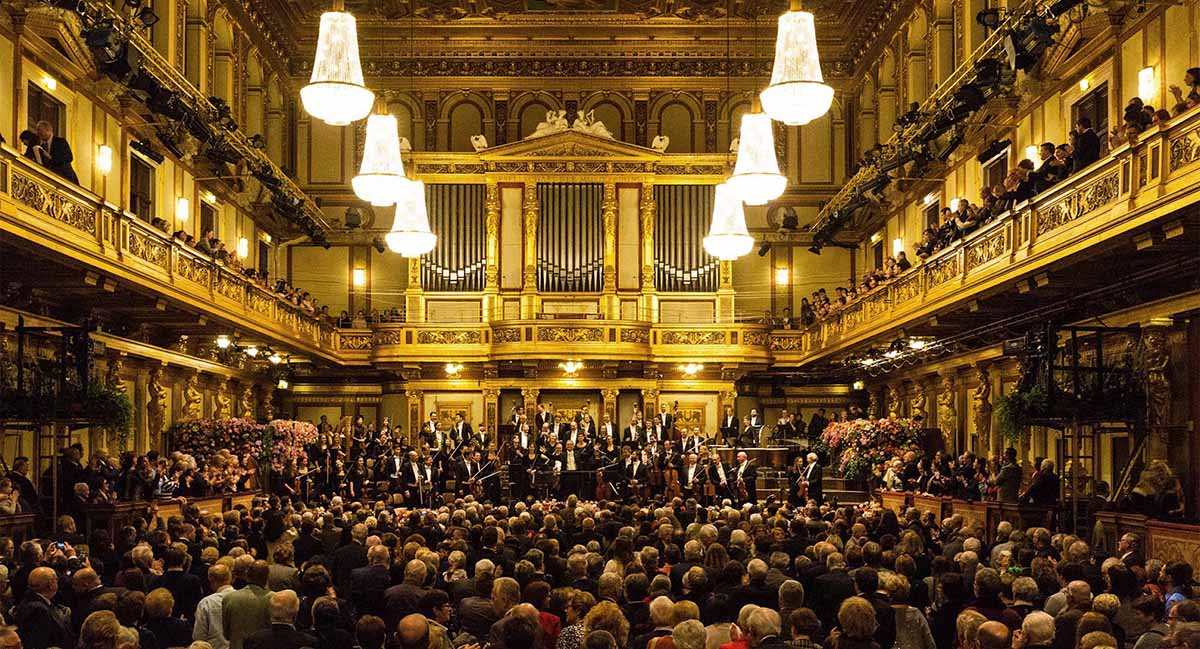
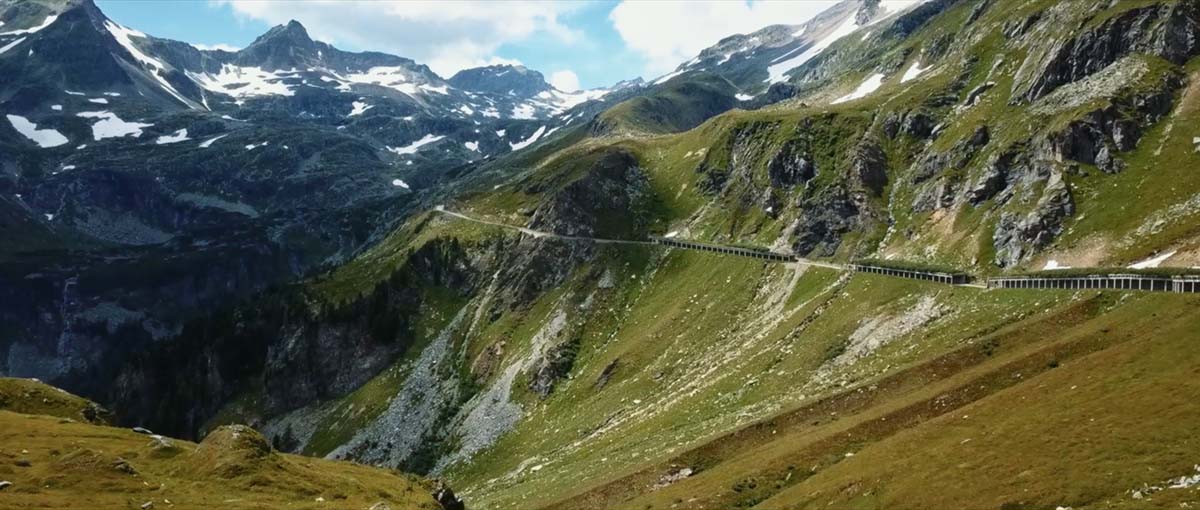
Dramaturgical use
As stated before, the decision to employ a certain shot size usually has not only an information-related reason but, even more so, a dramaturgical or narrative one.
For example, if a single character appears as a small figure in an extreme wide shot, the image might emphasize the character’s loneliness or lostness. An extreme wide shot showing two characters standing far away from each other magnifies the distance between them.
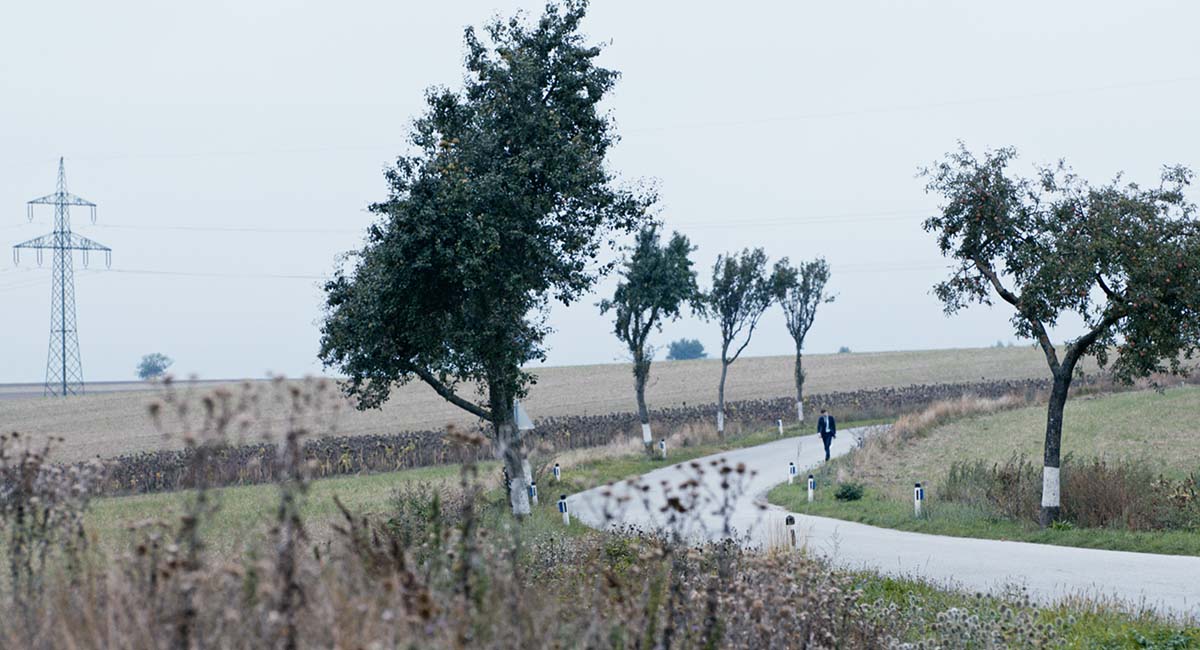 The character on the right walks alone on a road. The wide image conveys his feeling of loneliness.
The character on the right walks alone on a road. The wide image conveys his feeling of loneliness.
Learn about other shot sizes

